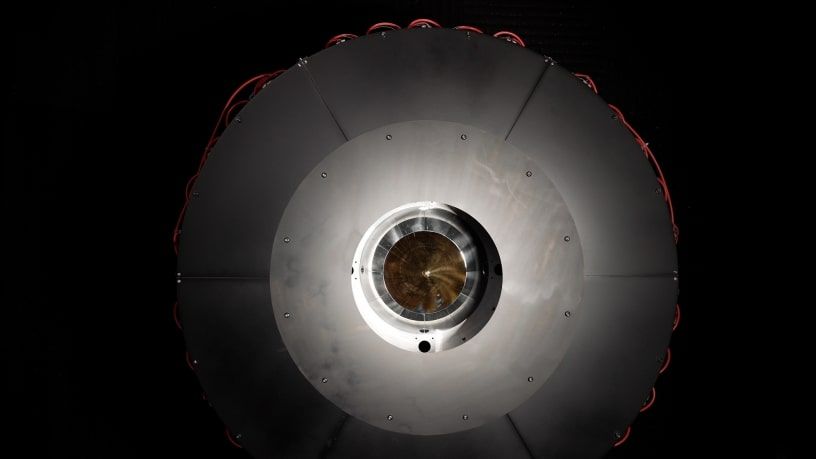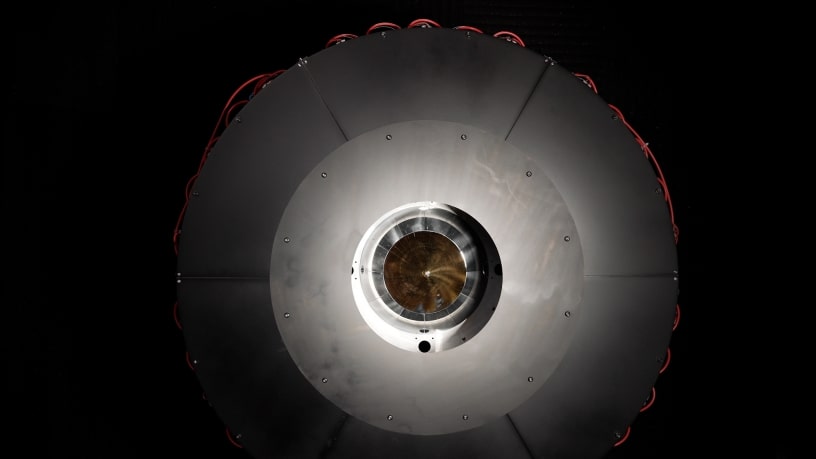The U.S. military has set a new record for wireless power transmission, beaming a laser carrying more than 800 watts of power across a distance of 5.3 miles (8.6 kilometers).
The test, performed by the U.S. military’s Defense Advanced Research Projects Agency (DARPA) as part of its Persistent Optical Wireless Energy Relay (POWER) program, is a key step toward unlocking the near-instant beaming of power.
It also smashes previous records set by the POWER program, which previously beamed 230 watts across 1 mile (1.7 km) for 25 seconds, and a smaller, undisclosed amount of power as far as 2.3 miles (3.7 km).
“It is beyond a doubt that we absolutely obliterated all previously reported optical power beaming demonstrations for power and distance,” Paul Jaffe, the POWER program manager, said in a statement.
The concept of wireless power transmission (WPT) has been a popular goal since the days of Nikola Tesla, who in 1901 began constructing the Wardenclyffe Tower on Long Island, New York — a 187-foot (57 meters) structure intended to be the first node in a “World Wireless System” that would beam power around the globe. Yet technical challenges meant that funding for the project, initially provided by the financier J.P. Morgan, dried up, leaving Tesla’s vision unrealized.
Related: NASA’s 1st successful 2-way laser experiment is a giant leap for moon and Mars communications
Nonetheless, interest in the concept has recently increased, both for military applications and space-based solar power, a nascent technology that would collect and transmit energy from sunlight in space, where it is 10 times more intense than at Earth’s surface.
Energy is essential for military operations, and getting that energy to the battlefields and disaster areas where it’s needed is slow, risky, and resource intensive, often using up a lot of fuel, DARPA representatives wrote in the statement.
“These tests, referred to as PRAD (POWER Receiver Array Demo), mark an important step toward the POWER program’s long-term goal of being able to instantly beam power from a location where it can be easily generated to wherever it’s needed,” the agency added.
In the latest experiment, conducted at the U.S. Army’s White Sands Missile Range in New Mexico, the power was beamed over the 5.3-mile distance in a 30-second pulse. The laser beam arrived at the receiver before passing through a small aperture, bouncing off a parabolic mirror onto solar cells within.
The pulse was transmitted with an approximate 20% efficiency, and some of the power it transmitted was used to make popcorn. The researchers have bigger ambitions for the system’s use in the field, however, suggesting that it could be used to power unmanned aerial vehicles (UAVs).
They will now move on to testing power beaming both across multiple connected relays and vertically, where the atmosphere is thinner and transmission more efficient.






















